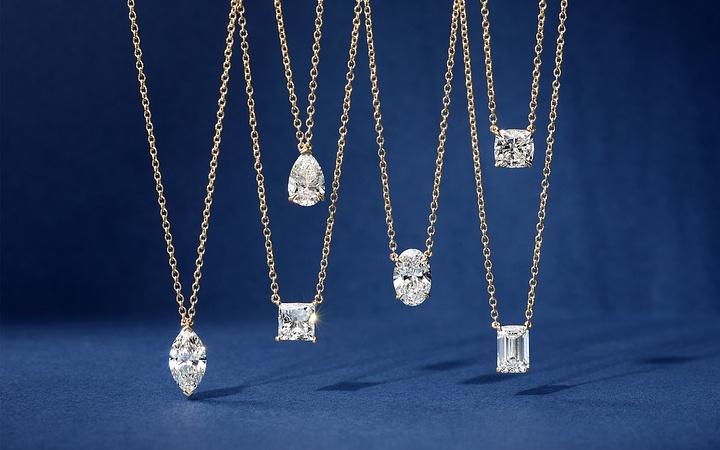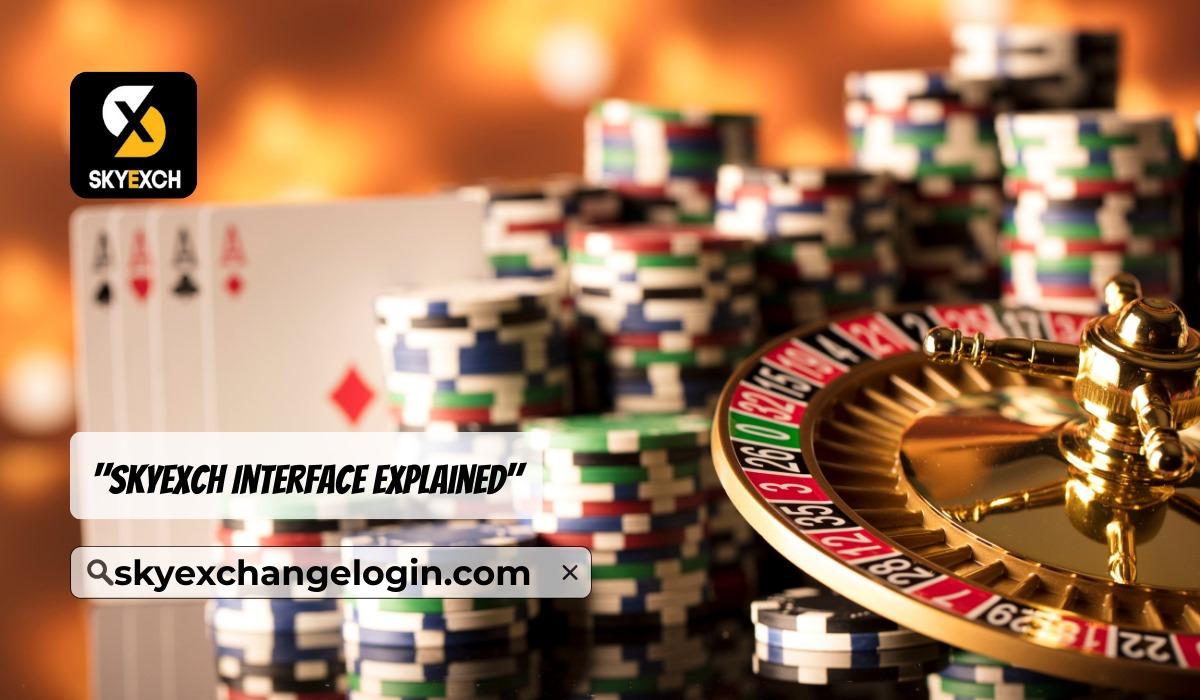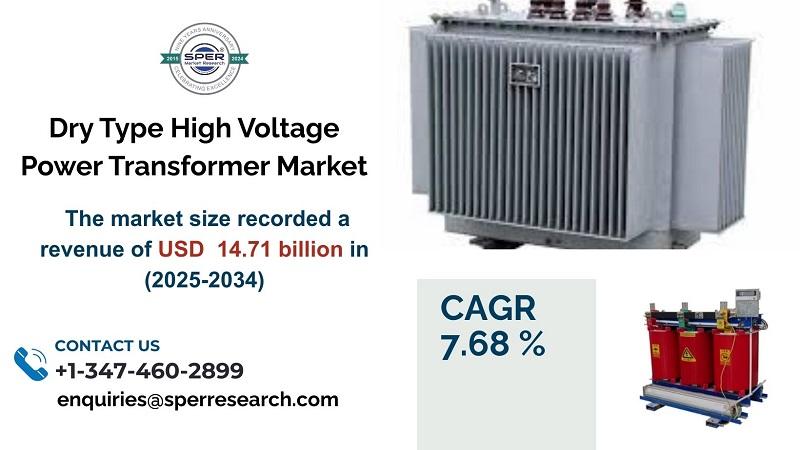The Definitive Diamond Necklace Price Guide: How to Value, Purchase, and Understand Your Investment in 2025

The allure of a diamond necklace is timeless, an emblem of elegance, sophistication, and enduring value. Whether you are contemplating the purchase of a classic solitaire pendant, a dazzling Riviera style, or a unique heirloom, understanding the true diamond necklace price guide is not just about comparing retail tags; it is about dissecting the intrinsic and market-driven factors that culminate in its final value. In a dynamic market, informed purchasing requires knowledge, particularly when seeking to understand the average cost of diamond necklaces and the forward-looking metrics of quality diamonds price per carat 2025. This comprehensive guide will illuminate the complex process of diamond valuation, ensuring you are equipped to make a brilliant investment.
Decoding the Intrinsic Value: The Core of Diamond Necklace Pricing
The vast range in diamond necklace prices—from a few hundred dollars for a delicate, low-carat pendant to millions for an exquisite statement piece—is governed by a hierarchy of factors. At the heart of this valuation process are the diamonds themselves, universally graded by the industry's benchmark: the 4 Cs. A keen understanding of these four pillars is the first and most critical step in learning how to value a diamond necklace.
Carat: The Weight That Carries the Price
Carat (ct) is the unit of measure for a diamond’s weight, with one carat equaling 200 milligrams. For a necklace, the term "total carat weight" (CTW) is often used, representing the sum of all diamonds in the piece. It is a common misconception that price increases linearly with carat weight. In reality, the price increase is exponential, particularly as you cross 'milestone' weights (like 1.00, 2.00, or 3.00 carats) because larger diamonds are exponentially rarer.
For a solitaire necklace, a single 1-carat diamond will command a significantly higher price than a cluster of ten 0.10-carat diamonds (totaling 1.00 CTW) of comparable quality. This is a fundamental aspect of the diamond necklace value factors. However, in multi-stone pieces like a tennis necklace, the consistency of the stones in size and quality becomes paramount to the overall aesthetic and, therefore, the final price.
Cut: The Brilliance Multiplier
Often regarded as the most critical of the 4 Cs for a diamond’s visual appeal, the cut refers not to the diamond's shape (such as round, oval, or princess) but to the precision of its proportions, symmetry, and polish. A superior cut maximizes the stone's ability to capture light and return it as fire (dispersion of light into colors), brilliance (white light reflection), and scintillation (the sparkle produced by movement).
A diamond with a poor cut, regardless of its superior color or clarity grades, will appear dull and lifeless. Conversely, an "Excellent" or "Ideal" cut can make a slightly smaller stone appear larger and vastly more vibrant than a poorly cut, heavier one. This quality is non-negotiable for maximizing value and beauty, meaning a high-quality cut will significantly elevate the diamond's per-carat price.
Color: The Subtle Difference in Whiteness
The color grade of a diamond refers to the absence of color, rated on a GIA scale from D (colorless) to Z (light yellow or brown). D-F grades are considered colorless and are the rarest, commanding the highest prices. G-J grades are "near-colorless" and often represent the best value proposition, as a diamond in this range will typically appear colorless when mounted, especially in a yellow gold or rose gold setting which naturally masks subtle tints.
For necklaces, the appropriate color grade is highly dependent on the setting and design. In a closely set tennis necklace, the color consistency of all stones is more important than achieving a perfect D. A slight variation can be noticeable and detract from the piece's overall sparkle and value. For a single pendant, prioritizing a higher color (E or F) against a white metal like platinum or white gold will maximize the clean, icy aesthetic.
Clarity: Nature’s Unique Signature
Clarity measures the presence of internal inclusions (internal flaws) and external blemishes (surface flaws). The scale ranges from Flawless (FL) to Included (I3). While Flawless and Internally Flawless (IF) diamonds are ultra-rare and astronomically expensive, most buyers wisely target the Very Slightly Included (VS1 or VS2) or Slightly Included (SI1 or SI2) range.
The key clarity concept for necklaces is "eye-clean." This means the inclusions are not visible to the naked, unaided eye. An SI1 or VS2 diamond that is eye-clean offers exceptional beauty at a fraction of the cost of a VVS or FL stone. For larger solitaire pendants, where the diamond is more visible, a higher clarity grade is recommended, whereas for smaller accent stones on a chain, a lower clarity grade is acceptable, providing a pathway to achieving a lower average cost of diamond necklaces without a noticeable drop in beauty.
The 2025 Market Snapshot: Quality Diamonds Price Per Carat
Forecasting the market is complex, but current trends into the latter half of 2025 offer a clear picture of what buyers should expect, particularly for the high-quality stones typically used in fine necklaces (e.g., Excellent/Ideal Cut, G-H Color, VS2-SI1 Clarity).
The diamond market continues its bifurcation between natural and lab-grown diamonds (LGDs).
Natural Diamond Price per Carat (Estimated 2025 Retail Range)
The price per carat for a natural diamond is not a single number, but a steep curve influenced by all 4 Cs. Prices are also experiencing stabilization after post-pandemic fluctuations, with strong demand maintaining the value of premium, certified stones.
Note: These ranges are for round brilliant cuts, which command a premium due to high demand and the most stringent cut grading. Fancy shapes (e.g., oval, princess, emerald) may be 15-30% less for comparable quality.
Lab-Grown Diamond Price per Carat (Estimated 2025 Retail Range)
Lab-grown diamonds are structurally, chemically, and optically identical to natural diamonds but are created in a controlled environment. The price of LGDs continues to decrease rapidly, offering unparalleled value for size.
For many buyers, LGDs offer a way to achieve a significant carat weight necklace—like a dazzling 3-carat solitaire or a high-carat tennis necklace—while keeping the average cost of diamond necklaces within a more accessible budget. The price difference between a natural and lab-grown diamond of identical quality is substantial, making the choice a primary determinant of a necklace’s final cost.
Beyond the 4 Cs: Secondary Diamond Necklace Value Factors
The diamond's intrinsic properties account for the majority of the price, but several other factors contribute significantly to the total cost and overall value of a diamond necklace.
1. The Setting and Metal
The metal used for the setting and chain plays a crucial role. Platinum is the most durable and expensive, favored for its hypoallergenic properties and brilliant white luster that complements high-color diamonds. 18-karat (K) gold is next, offering a luxurious weight and durability in white, yellow, or rose hues. 14K gold is a common, more durable, and less expensive choice due to its higher alloy content.
The complexity of the setting also adds to the cost. A simple, classic solitaire pendant setting (like a four-prong basket) is the least expensive. A halo setting, which encircles the center stone with smaller diamonds, increases the CTW and labor, thus raising the price. A Riviera or tennis necklace, where dozens or hundreds of diamonds are meticulously set in a continuous line, involves extensive labor and a high metal weight, resulting in a premium price point. The metal weight of the chain itself, especially for heavier gold links or platinum, is a non-trivial component of the necklace's total cost.
2. Design, Craftsmanship, and Brand
Custom-designed or haute couture pieces from renowned jewelers carry a significant premium due to the designer's reputation, artistic value, and exceptional craftsmanship. The level of detail—the flawless execution of a pavé setting, the flexibility of the links, the quality of the clasp mechanism—all speak to the skill and time invested. A well-known brand often guarantees a certain standard of quality and design exclusivity, which is reflected in a higher retail markup.
3. Certification and Provenance
A diamond's value is cemented by its certification. The Gemological Institute of America (GIA) and the American Gem Society (AGS) are the most respected global authorities. A GIA certificate provides an objective, unbiased report on the diamond's 4 Cs, ensuring the buyer is paying for the quality claimed. Without independent certification, a diamond’s valuation is subjective and inherently lower, regardless of its appearance. For natural diamonds, documented provenance (e.g., origin reports) can also add a layer of value by ensuring the stone is conflict-free and ethically sourced.
How to Value a Diamond Necklace: The Appraisal Steps
For insurance, resale, or simply personal knowledge, formal valuation of your necklace is crucial. A professional appraisal follows a systematic process to objectively determine the replacement value.
-
Initial Assessment and Identification: The appraiser, who should be an independent, certified gemologist (e.g., a Graduate Gemologist from the GIA), first verifies the authenticity of the item and its metals. They inspect the overall condition, noting any wear, damage, or required repairs that would affect the current market value.
-
Gemstone Evaluation (The 4 Cs): Using specialized equipment (loupe, microscope, colorimeter), the appraiser meticulously measures and grades every diamond in the necklace against the GIA standards. For a multi-stone piece, they will assign a quality range for the aggregate stones. They confirm the total carat weight (CTW).
-
Metal and Setting Analysis: The precious metal is tested to confirm its purity (e.g., 14K, 18K, Platinum) and then weighed. The complexity of the setting, the security of the prongs, and the style's labor intensity are all assessed.
-
Market Comparative Analysis: The appraiser then references current wholesale and retail price lists, like the Rapaport Price List, and compares the item to similar diamond necklaces recently sold in the current market. This step is where the quality diamonds price per carat 2025 data comes into play, as the appraisal value must reflect today’s market replacement cost.
-
Final Valuation Report: The result is a detailed, multi-page report that includes a full description of the necklace, its stone grades, the type of valuation (e.g., insurance replacement value, fair market value), a photograph, and the final dollar amount. This report is the official document for insuring your investment.
Making a Brilliant Purchase
Purchasing a diamond necklace is a deeply personal and often significant financial decision. The ultimate price you pay will be a reflection of the compromises and priorities you set within the 4 Cs and the setting choice.
If your priority is size and brilliance at the best price, focus on:
-
Cut: Prioritize Excellent/Ideal Cut.
-
Clarity: Seek an "eye-clean" SI1 or VS2.
-
Color: Opt for G or H, especially if set in yellow gold.
-
Stone Type: Consider a certified lab-grown diamond to maximize carat weight.
If your priority is intrinsic value and rarity as a long-term investment, focus on:
-
Certification: Insist on GIA certified natural diamonds.
-
Color/Clarity: Target F-G Color and VS1 Clarity or higher.
-
Metal: Choose Platinum or 18K Gold.
By utilizing this diamond necklace price guide—understanding the exponential cost of carat weight, balancing the 4 Cs to find an eye-clean sweet spot, and leveraging the market transparency provided by 2025 pricing trends—you can confidently navigate the world of fine jewelry. A diamond necklace is more than a glittering accessory; it is a tangible asset whose value, fully understood, will endure for generations.







